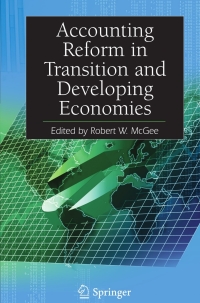Question
P owns 100% of S. At Day 1, Year 1, there were no items from intercompany sales in either companys inventory. In Year 1, P
-
P owns 100% of S. At Day 1, Year 1, there were no items from intercompany sales in either companys inventory. In Year 1, P sold goods to S for $1,000,000 that cost Small $800,000. P still owned 100,000 (10%) of these goods at December 31, year 1. Cost of goods sold was $6,000,000 for P and $3,000,000 for S. What was consolidated cost of goods sold?
$9,000,000.
$8,000,000
$7,980,000.
$8.020,000.
-
This uses the same facts as in the previous question. P owned 90% of S. In Year 1, Parent sold land with a book value of $450,000 to Sub. The selling price was $550,000
Later, Sub sells the land in Year 3 for $1,000,000 in cash. In Year 3, the gain on sale in consolidated net income should be:
$450,000
$505,000
$550,000
$595,000
-
P owned 90% of S. In Year 1, Parent sold land with a book value of $450,000 to Sub. The selling price was $550,000. At what amount should the land be reported in the Year 1 ending balance sheet?
$405,000.
$450,000
$495,000.
$550,000.
Step by Step Solution
There are 3 Steps involved in it
Step: 1

Get Instant Access to Expert-Tailored Solutions
See step-by-step solutions with expert insights and AI powered tools for academic success
Step: 2

Step: 3

Ace Your Homework with AI
Get the answers you need in no time with our AI-driven, step-by-step assistance
Get Started


